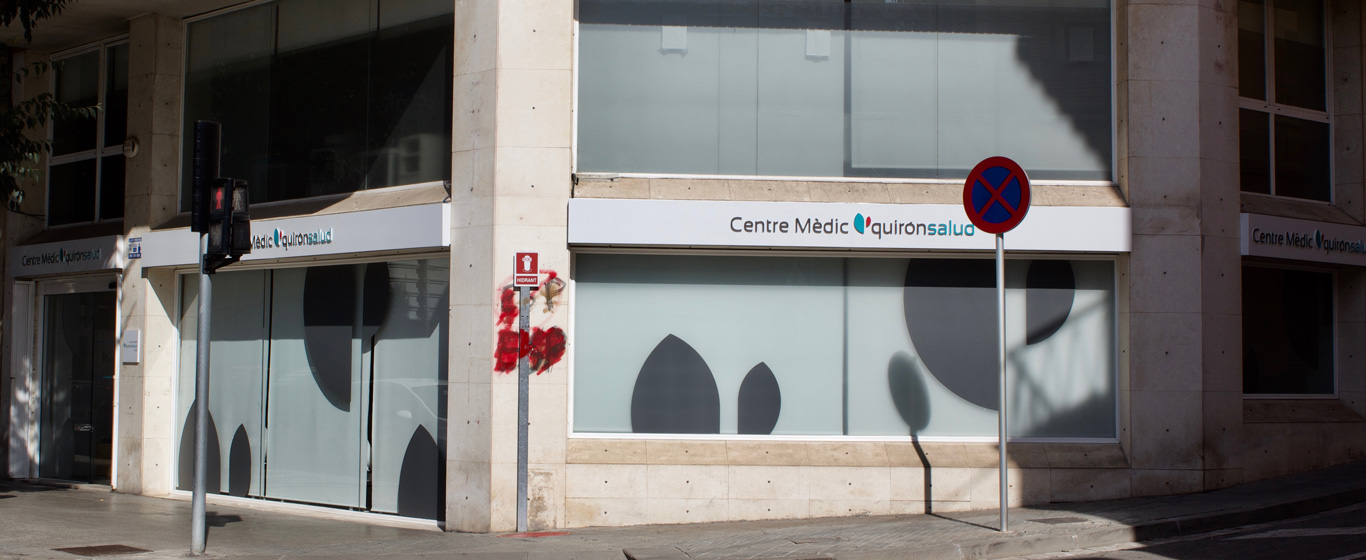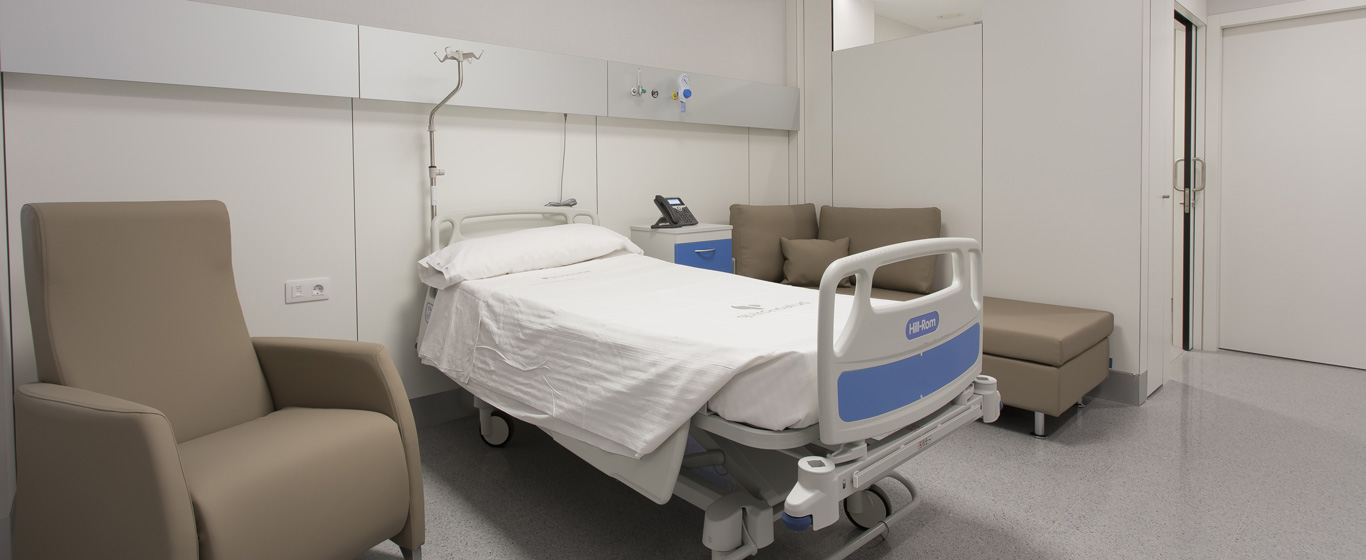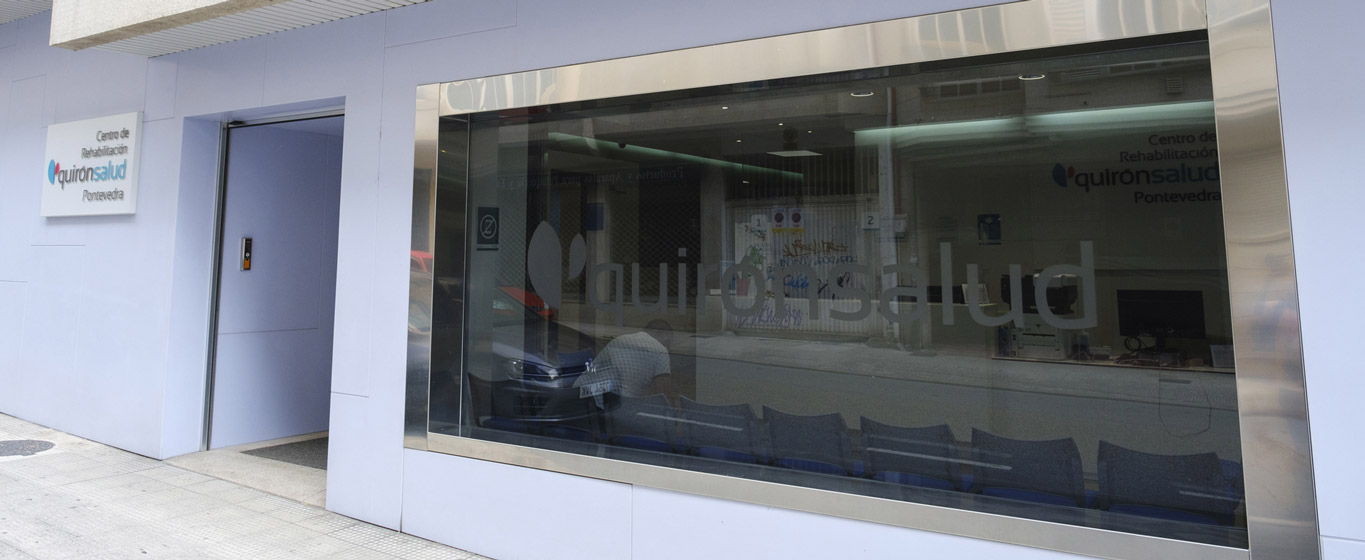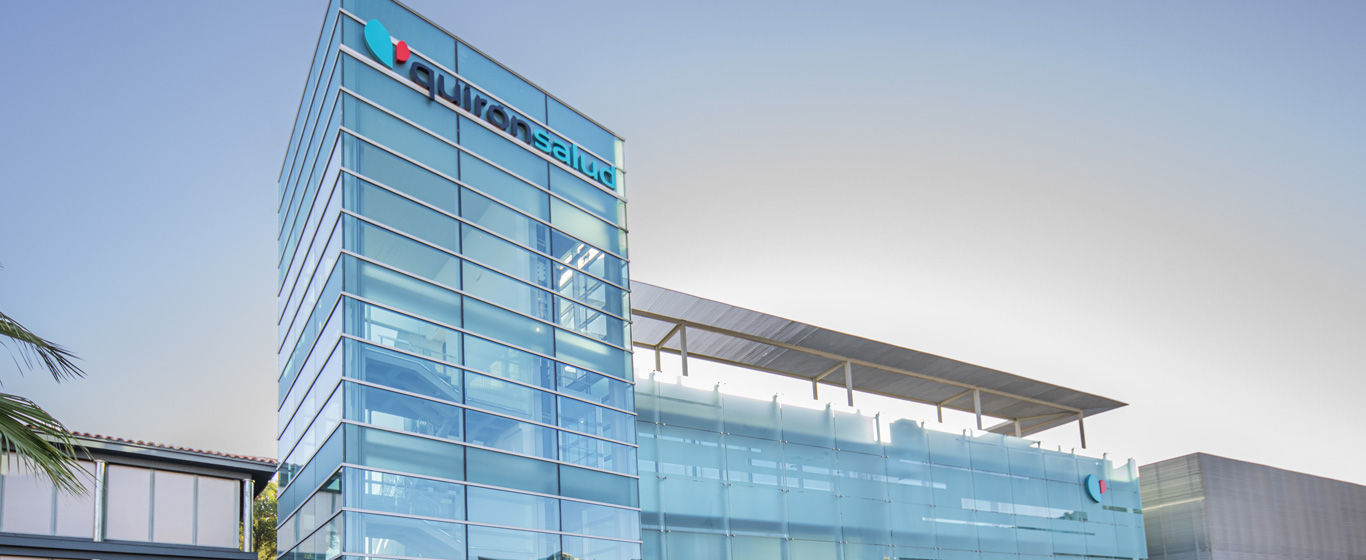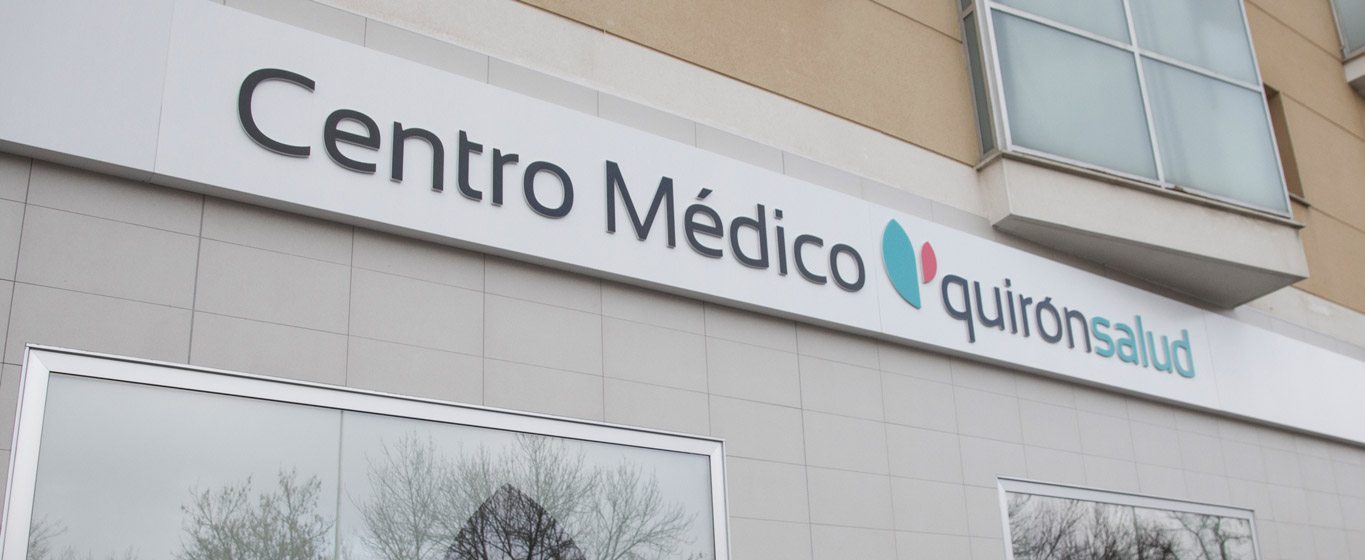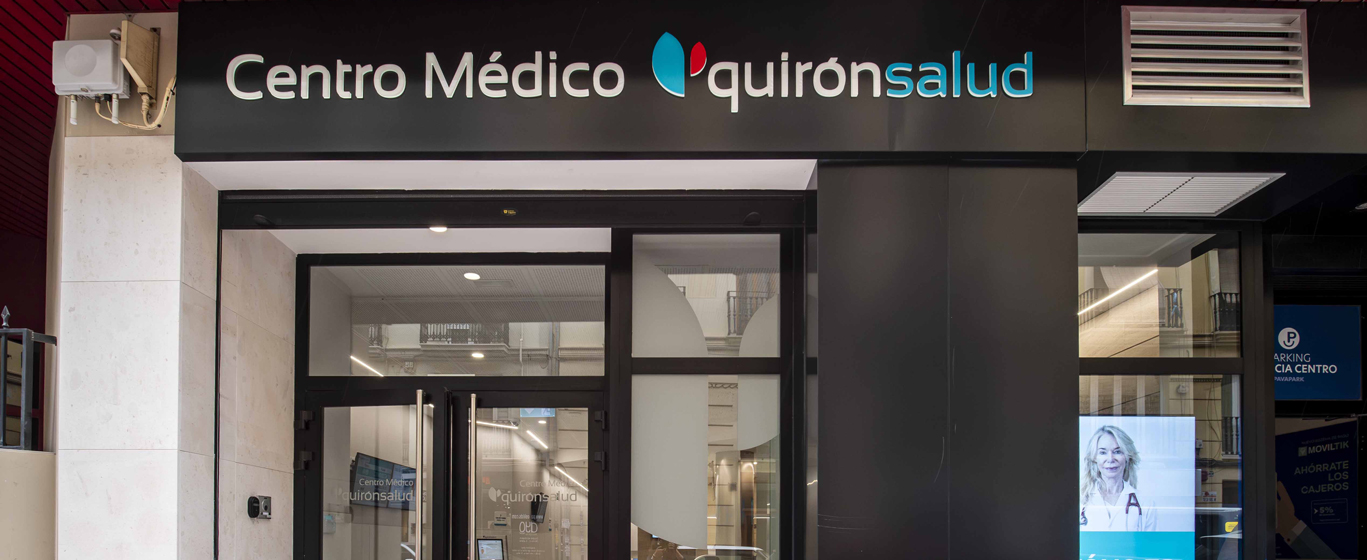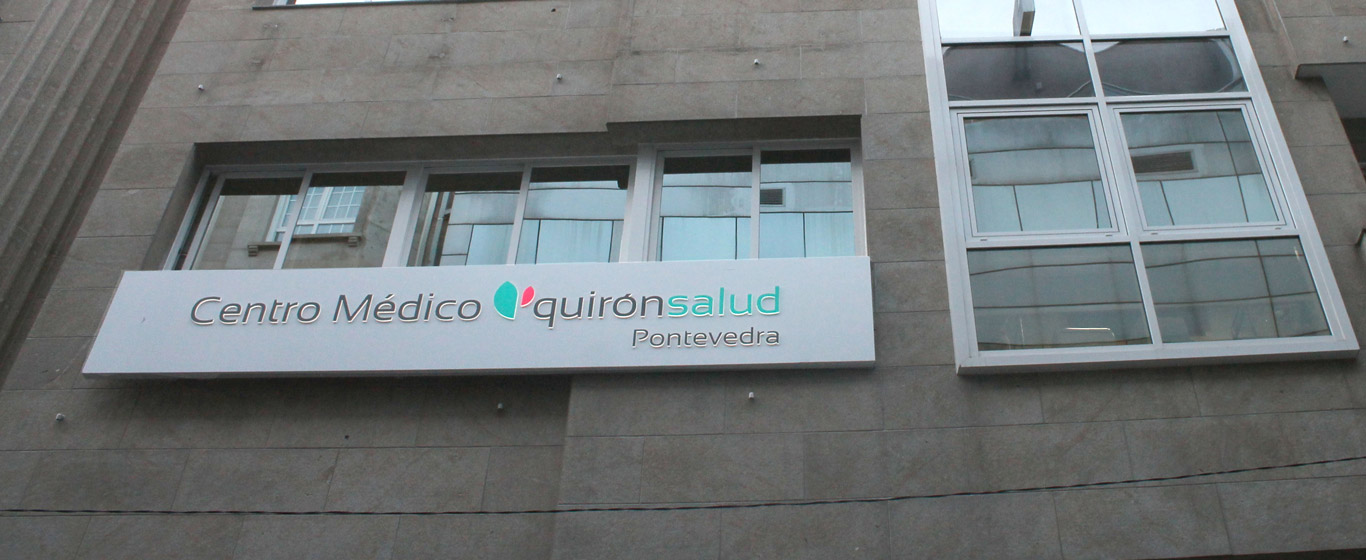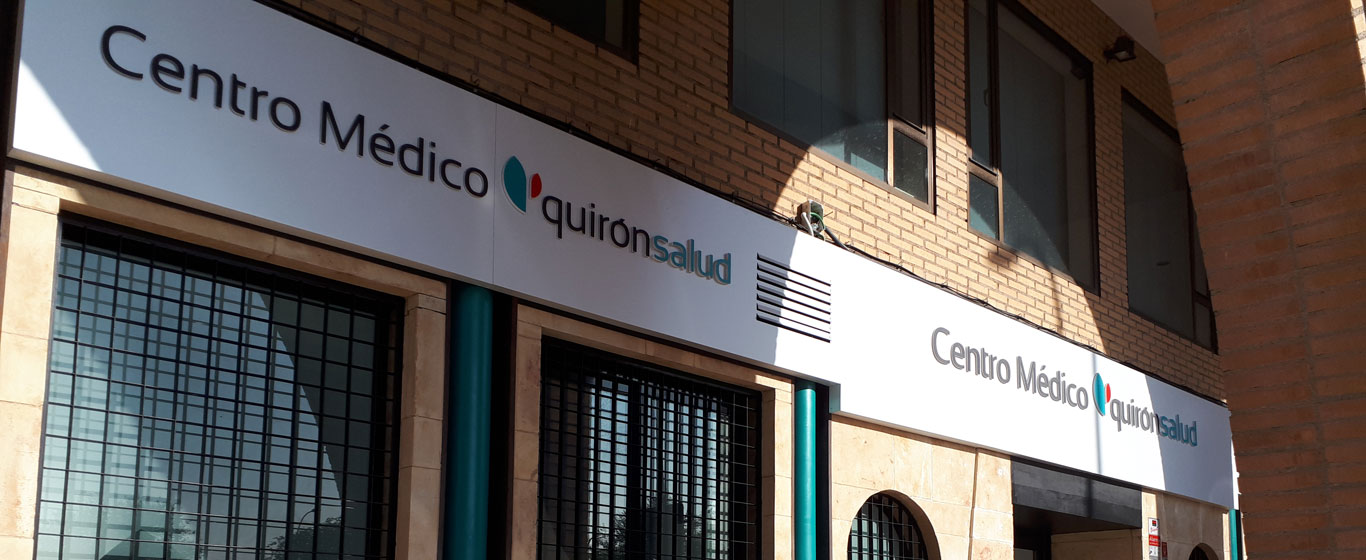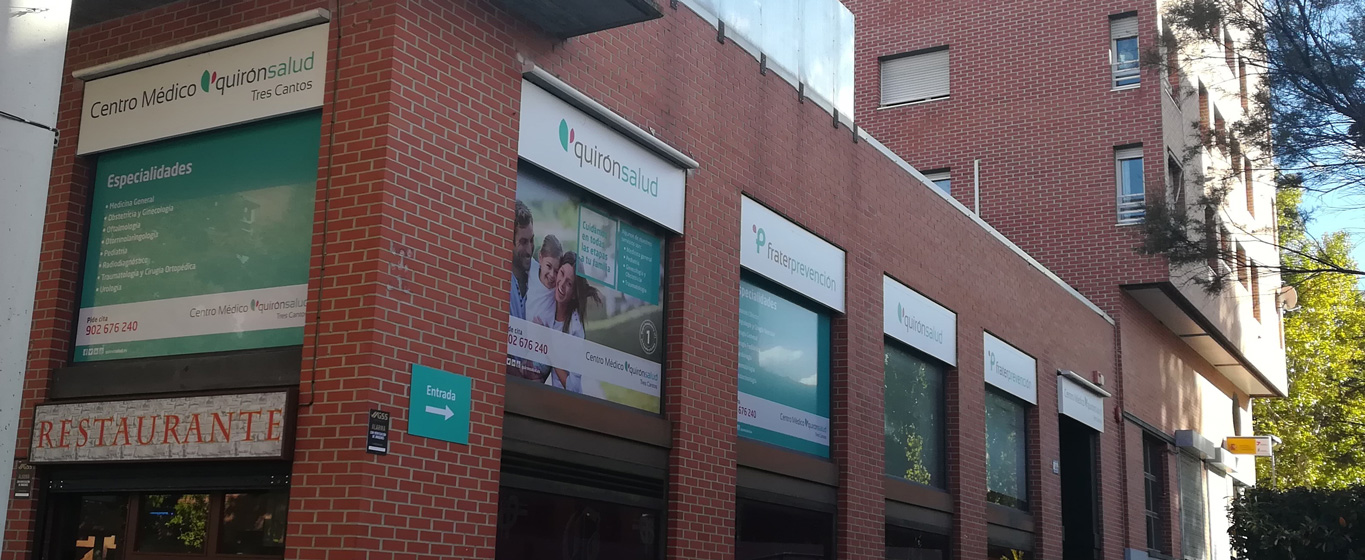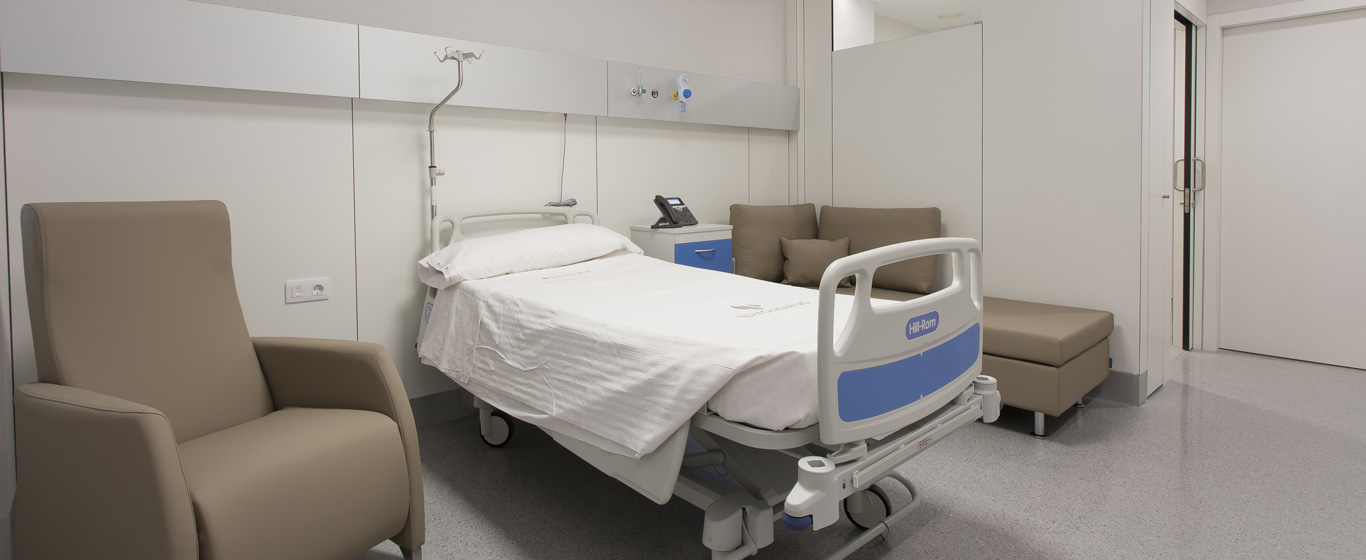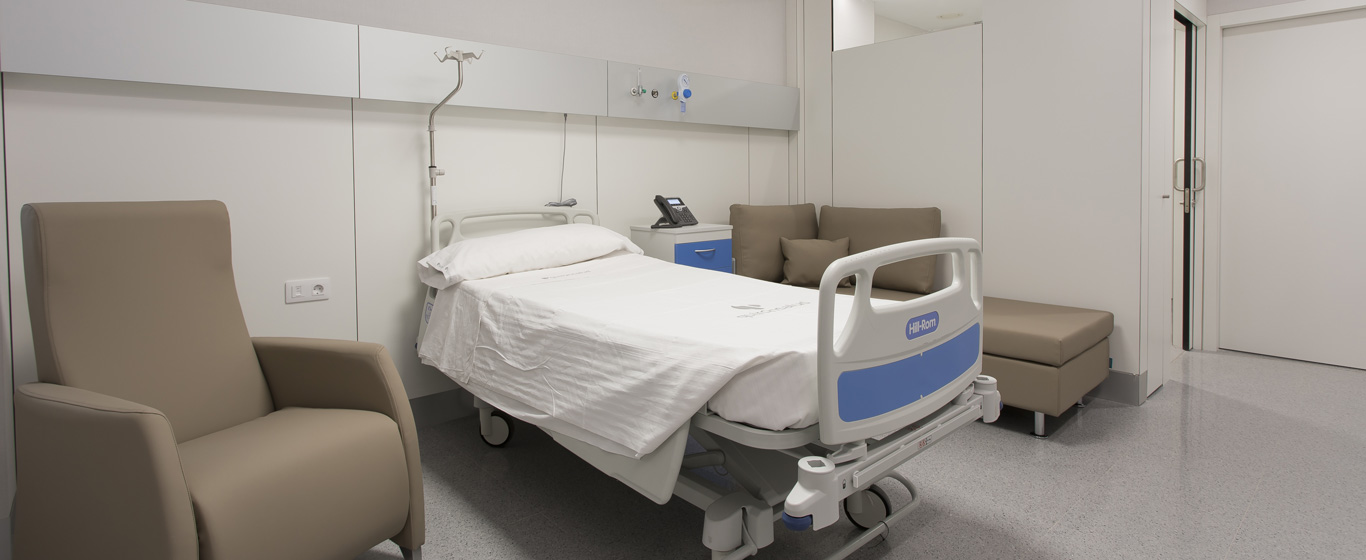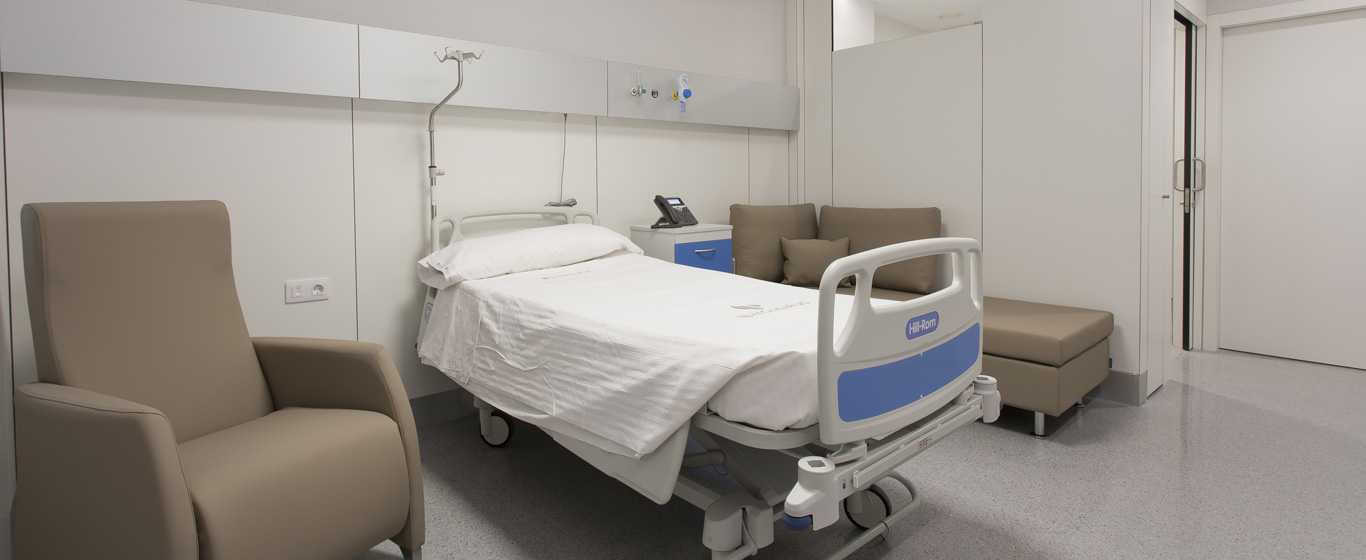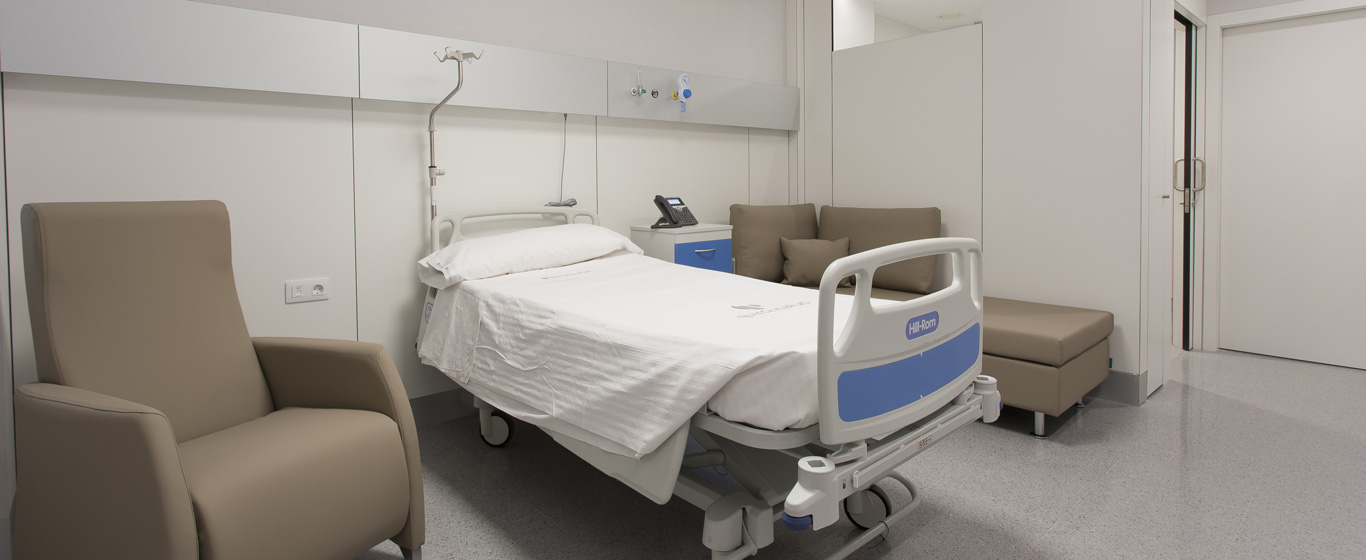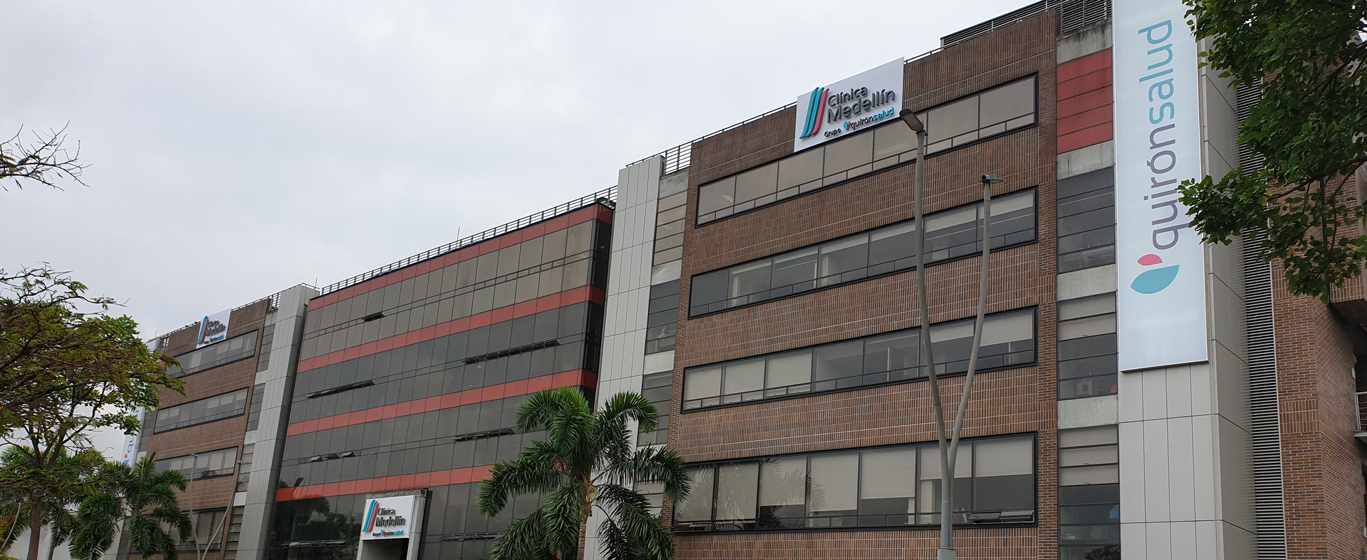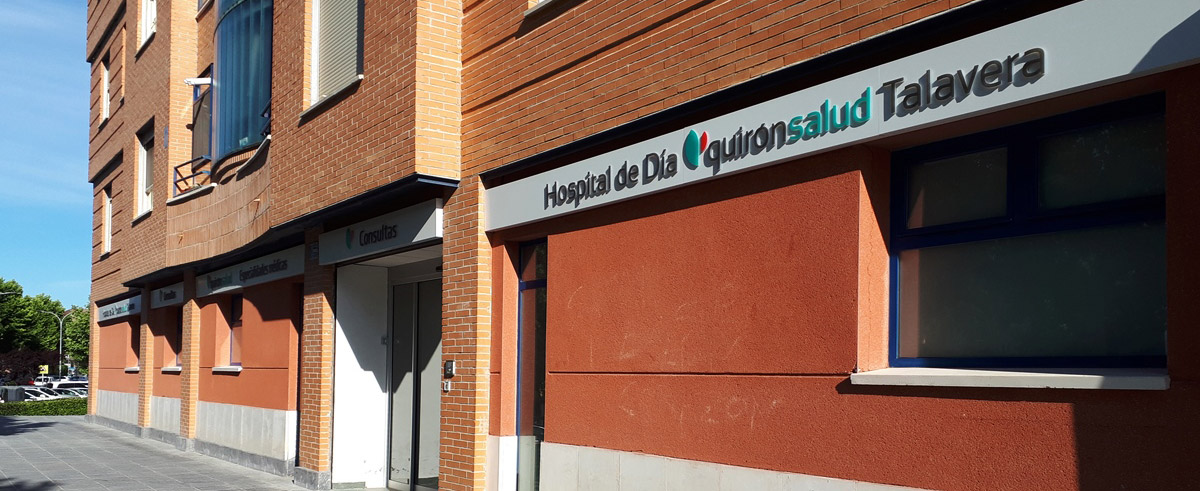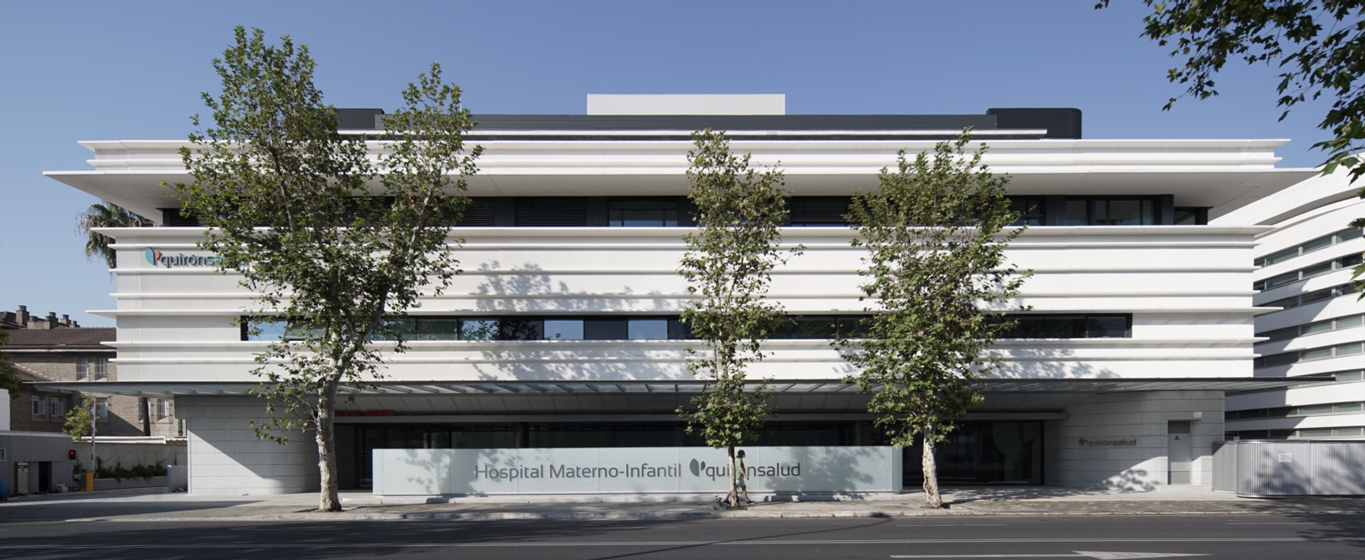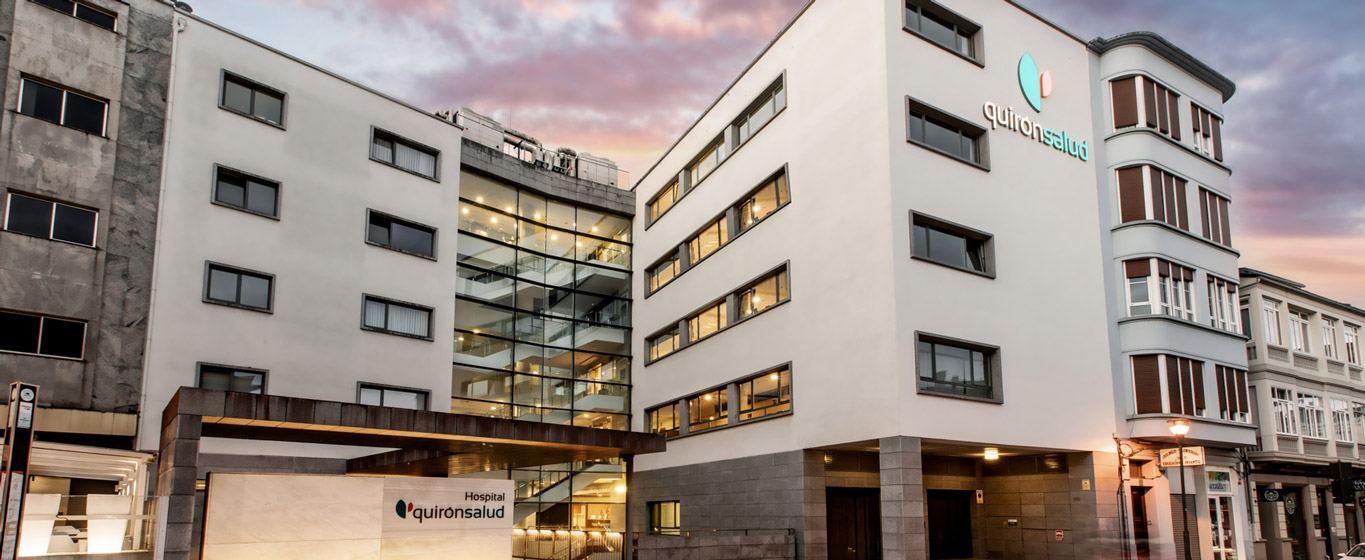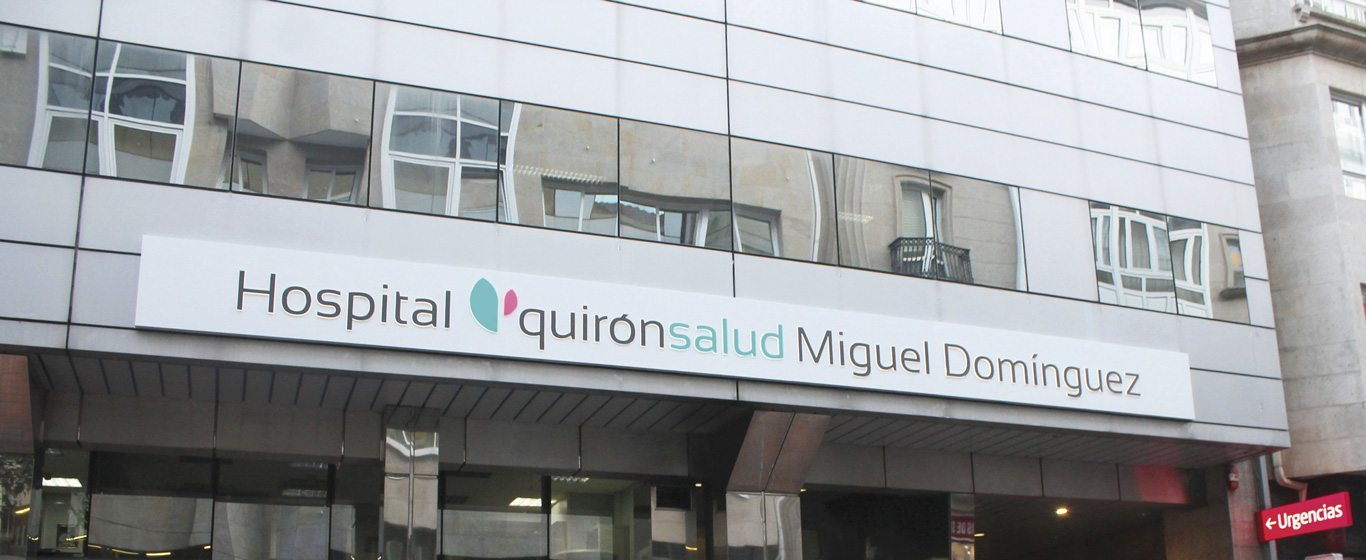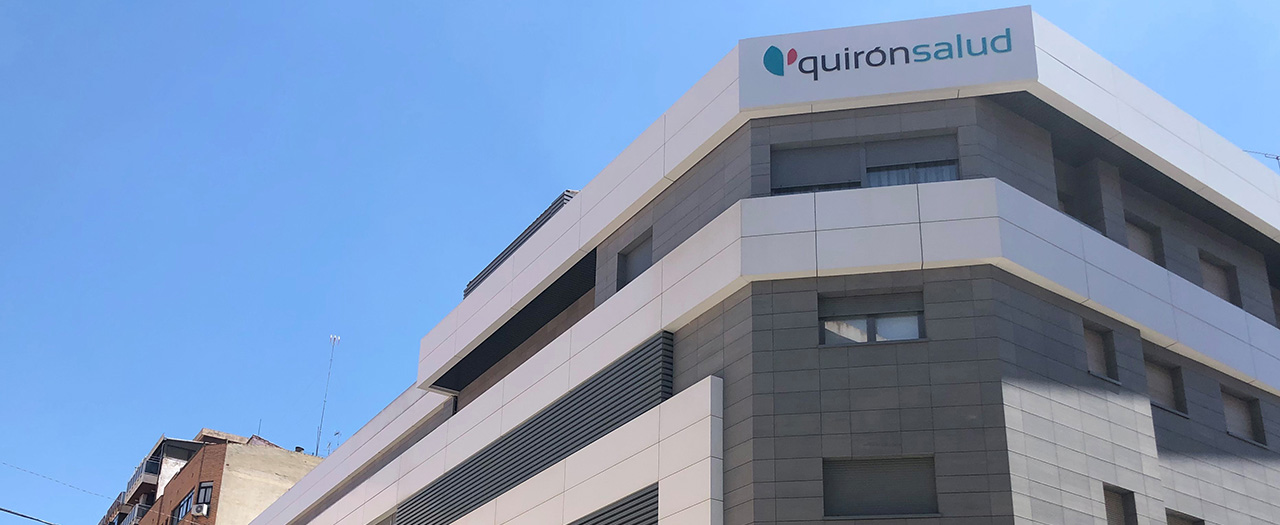Varicose Veins
How are varicose veins treated? All the information about their causes, symptoms, and treatments.
Symptoms and Causes
Varicose veins, or varicosities, are a dilation of veins located under the skin, which appear elongated or tortuous in shape. Typically, varicose veins appear in the legs but can also occur in other parts of the body. Pelvic varicose veins, dilations of the venous network in the uterus area, are quite common and frequently appear after childbirth.
Depending on their characteristics, leg varicose veins can be of several types:
- Grade I Varicose Veins: Also called spider veins or varicules. These are fine, purplish veins that resemble a web.
- Grade II Varicose Veins: These are more visible than normal veins but do not thicken.
- Grade III Varicose Veins: Dilated and tortuous veins.
- Grade IV Varicose Veins: In addition to swelling, ulcerations are present.
Varicose veins are a very common degenerative condition, especially in women. Beyond being an aesthetic concern, varicose veins can be painful and cause health issues.
Symptoms
The symptoms of varicose veins develop progressively and vary depending on the type:
- Grade I Varicose Veins: May be asymptomatic or cause heaviness and tiredness in the legs.
- Grade II Varicose Veins:
- Pain and cramps that worsen after prolonged sitting or standing.
- Tingling.
- Warmth sensation.
- Itching.
- Grade III Varicose Veins:
- Dilation of superficial veins.
- Edema (swelling from excess fluid).
- Skin discoloration.
- Grade IV Varicose Veins:
- Worsening of the above symptoms.
- Eczema and ulcers.
Pelvic varicose veins may present the following symptoms:
- Lower abdominal pain that worsens with prolonged standing.
- Pain during intercourse.
- Heaviness or discomfort in the legs, especially before menstruation.
- Back pain.
- Visible and swollen veins around the genital area.
Causes
Varicose veins occur due to chronic venous insufficiency. The veins are responsible for returning blood to the heart, which is more difficult in the lower extremities due to the force of gravity. To achieve this, muscles act as pumps, and veins have valves that open as blood flows toward the heart and close to prevent the blood from flowing back to the legs. If these valves are weak or damaged, blood backs up and accumulates in the veins, causing their walls to dilate and their function to be altered, resulting in varicose veins.
Pelvic varicose veins are caused during pregnancy due to increased blood volume and additional pressure on the veins in the area from the growing uterus and the baby’s weight. The presence of pre-existing venous insufficiency further facilitates their formation.
Risk Factors
The main factors that increase the risk of developing varicose veins are:
- Family History: A hereditary predisposition to vein distensibility favors varicose vein formation.
- Age: Venous insufficiency worsens over time. Pelvic varicose veins typically affect women between 30 and 50 years of age.
- Gender: More common in women, possibly due to hormonal factors.
- Obesity: Excess weight increases pressure on the veins.
- Sedentary Lifestyle: Inactive muscles do not help with blood pumping.
- Prolonged Periods of Standing or Sitting: Circulation becomes stagnant.
- Pregnancy: During pregnancy, the growing uterus presses on blood vessels, hindering blood return. In addition, body weight and hormonal factors increase.
- Multiple Pregnancies or Hormonal Disorders: Increase the risk of pelvic varicose veins.
Complications
Varicose veins have three main complications:
- Varicose Ulcers: Typically located near the ankles. They may become infected, progress very slowly, and are not likely to heal spontaneously.
- Varicoflebitis: A thrombus that forms inside the varix due to a local inflammatory reaction, causing constant pain and swelling.
- Varicorragia: Bleeding from the varix, either spontaneously or from trauma. Bleeding is usually mild but requires medical attention.
Prevention
The most effective way to prevent varicose veins or alleviate their symptoms is to improve blood flow and muscle tone:
- Engage in regular physical activity.
- Maintain a healthy weight.
- Avoid high heels and tight stockings or socks.
- Use compression stockings.
- Change positions frequently while sitting or standing.
- Elevate your legs while lying down or sitting.
- Follow a diet rich in fiber and vegetables and low in salt.
Which Doctor Treats Varicose Veins?
Varicose veins are diagnosed and treated by specialists in angiology, vascular surgery, and plastic, aesthetic, and reconstructive surgery.
Diagnosis
The diagnosis of varicose veins is based on two tests:
- Physical Examination: Observing the presence of dilated veins, edema, discoloration, eczema, or ulcers.
- Venous Doppler Ultrasound: Using ultrasound to obtain images of blood flow through the veins. This test can detect the presence of blood clots.
- Pelvic Phlebography: In the case of pelvic varicose veins, a contrast dye is injected into the affected area to visualize the veins in real-time via X-rays.
Treatment
There are various treatment options for varicose veins, depending on the grade and symptom intensity:
- Conservative Treatment: Preventive measures that address risk factors and alleviate or prevent symptoms, such as regular physical activity and using compression stockings.
- Pharmacological Treatment: The use of phlebotonics, medications that increase venous wall tone.
- Microfoam Sclerotherapy: A sclerosant liquid is injected into the affected vein, adhering to the vein wall and displacing the blood, damaging the internal tissue and causing fibrosis of the vein wall. The vein then becomes a scar where blood no longer circulates.
- Adhesive Sealing: A medical adhesive is injected into the varix through a catheter to seal it.
- Thermocoagulation: Varicose veins are eliminated through the application of laser energy.
- Catheter Ablation: A probe is inserted into the affected vein, and the tip is heated by laser or radiofrequency waves. As the catheter is removed, the heat destroys and seals the vein.
- Hemodynamic Surgery (CHIVA): Using Doppler ultrasound as a guide, small incisions are made in the affected area, through which the varicose portion of the vein is removed, ligated, and cut.
- Phlebectomy: The entire varicose vein is removed by sectioning it between two ligatures and extracting it by traction.
- Pelvic Varicose Vein Embolization: During diagnostic phlebography, when varicose veins are identified, a sclerosant foam is injected to occlude the vein and stop the abnormal blood flow.






